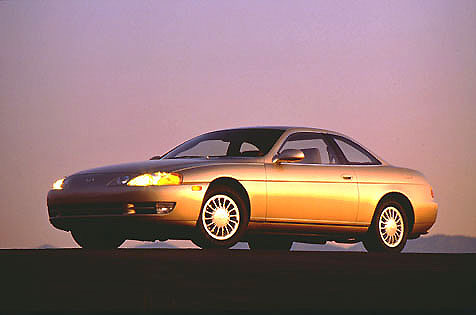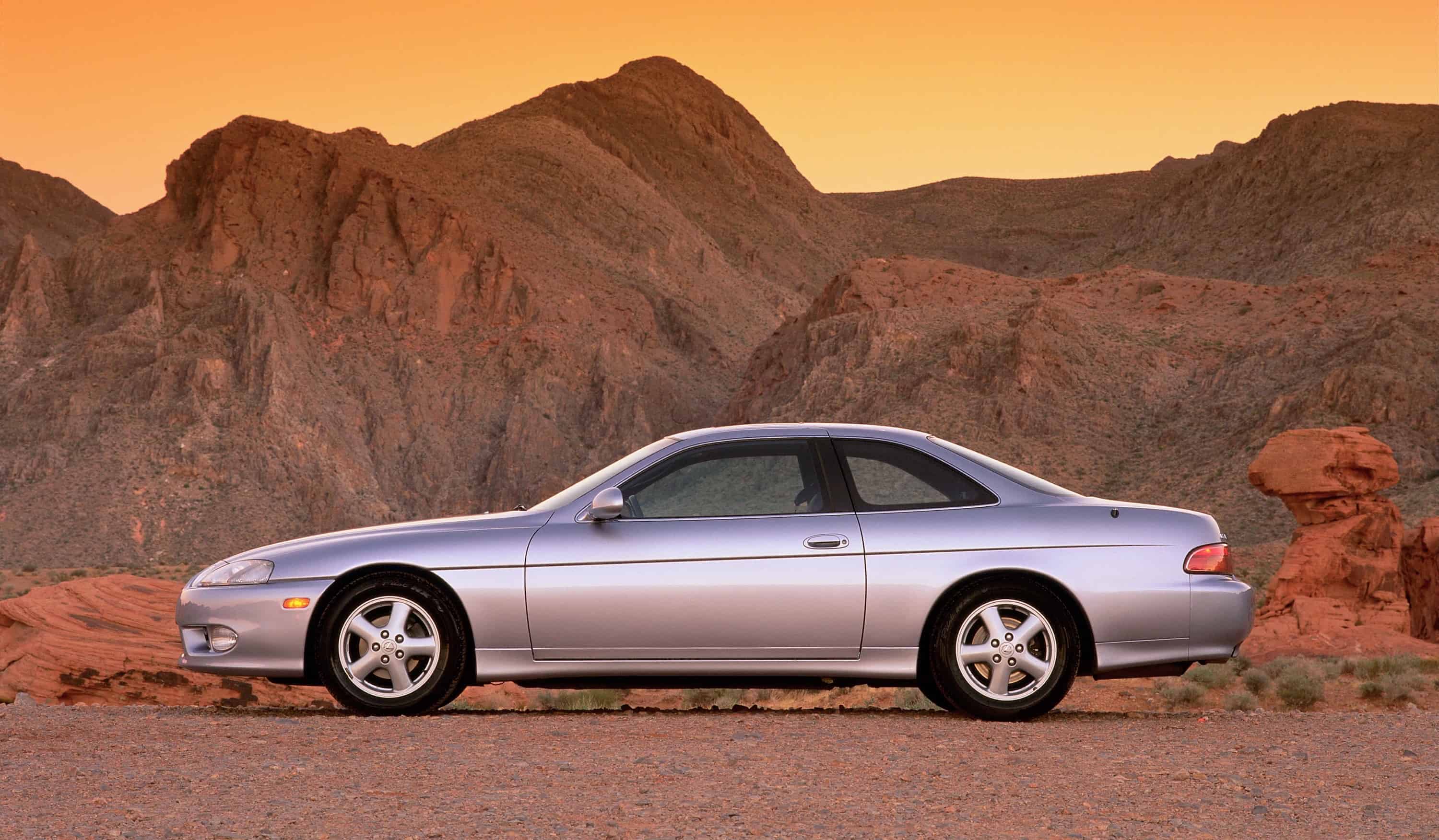I recently stumbled across a story on another website that pointed out that one of my favorite vehicles had turned 25 years of age and thus qualified as a collector car. To me, it’s still what around here we call a “future classic.”
Even though it qualifies for collector license plates in many states, it’s a vehicle that has yet to become appreciated by the collector community. In fact, I don’t recall ever seeing one cross the block at a collector car auction.
The car is the 1992 Lexus SC, which was available in two versions — SC 300 and SC 400. The difference between the models involved powertrain. The 400 had a 250-horsepower 4.0-liter V8 linked to a four-speed automatic transmission; the 300 got Toyota’s bulletproof 3.0-liter inline 6 and could be equipped with a 5-speed manual gearbox.

Trust me, it was worth giving up 25 horsepower to be able to shift for yourself, even though the difference in torque between the engines — 260 pound-feet for the V8 vs. 210 for the I6 — was probably the biggest factor in the 400 being quicker off the line in the sprint to 60 mph. Nonetheless, with its lighter weight and manually shifted, the 300 was nearly a second and a half faster in a quarter-mile drag race and was the SC of choice for driving enthusiasts.
The Lexus SC was a low-slung and curvy coupe based on the mechanicals of the Japanese domestic-market Toyota Soarer. Back in the 1980s, the Soarer was Toyota’s “hero car,” a personal luxury GT coupe that offered features such as air suspension and competed for sales popularity against Mazda’s Cosmo and Nissan’s TR-X Turbo.
However, when Toyota’s West Coast U.S. headquarters staff brought one over for a two-week test drive through Southern California’s beach communities, no one on the street seemed to even notice the mundanely styled car. So when it was time to design the third-generation Soarer, which also would become the first-generation Lexus SC, Toyota’s California-based design studio offered up its own styling suggestions, suggestions that emerged from a very unusual source.

Rather than the usual design sketches, Calty’s young Erwin Lui took balloons, filled them with potter’s clay, and created a series of “touch sculptures.” When the clay hardened, the rubbery skin was removed. Next, Lui projected the sculptures onto a screen, so they could be turned and elongated, manipulated and exaggerated into a shape that he might morph into a sexy sports coupe.
One of his goals, he said, was to design a car so attractive that everyone would be attracted to touch it, and that owners would want to wash by hand.
Not only was the design process creative, but the engineering was clever as well. An electronically controlled hydraulic fan system was devised to the engine could be cooled without having to mess up the car’s front end with ugly air intakes, and unique four-link door hinges were created so the doors opened not only outward but also forward to provide better egress to front and rear seats.
At the time of the car’s introduction, I was an editor at AutoWeek, met Liu at the Calty design studio on the West Coast, and then, with racing driver Danny Sullivan, who had helped Toyota with the car’s dynamic development, and a few others flew to Hokkaido, Japan’s amazing northern island, where we drove the SC at Toyota’s then-new Shibetsu Proving Grounds, taking advantage of both the road-racing course and the 6.2-mile high-banked oval.
As much as I loved Lui’s story about how the car was designed, what made the car one of my favorites was the driving, which included my first experience at hands-off, high-speed g forces up on the high bank.
I was riding with Sullivan when, at around 140 mph in the top groove, he took his hands off the wheel and the laws of physics kept the car tracking through the turns as if on rails. Sullivan asked if I’d like to try. We switched seats, I listened to his instructions and “drove” hands-off through the high bank.
Somehow, I don’t think my first experience with one of the new self-driving cars will provide quite the same rush.






I can’t see it ever being that much of a collector’s car at least not as much as a Dotson Z car will be !
Great memory Larry. Along with the S2000, one of my two favorite product launches. Totally agree with you about SC300.
How many were built? A current classic is the last year of the Buick Riviera 1999 try finding one of those American built
I had a 1997 SC300, sold that car in 2009, the car was flawless and never had one thing go wrong in 130,000 miles. It had all the options, chrome wheels and rear spoiler, blue green pearl. It had a sticker of nearly $50,000. Best car I ever had, just flawless.